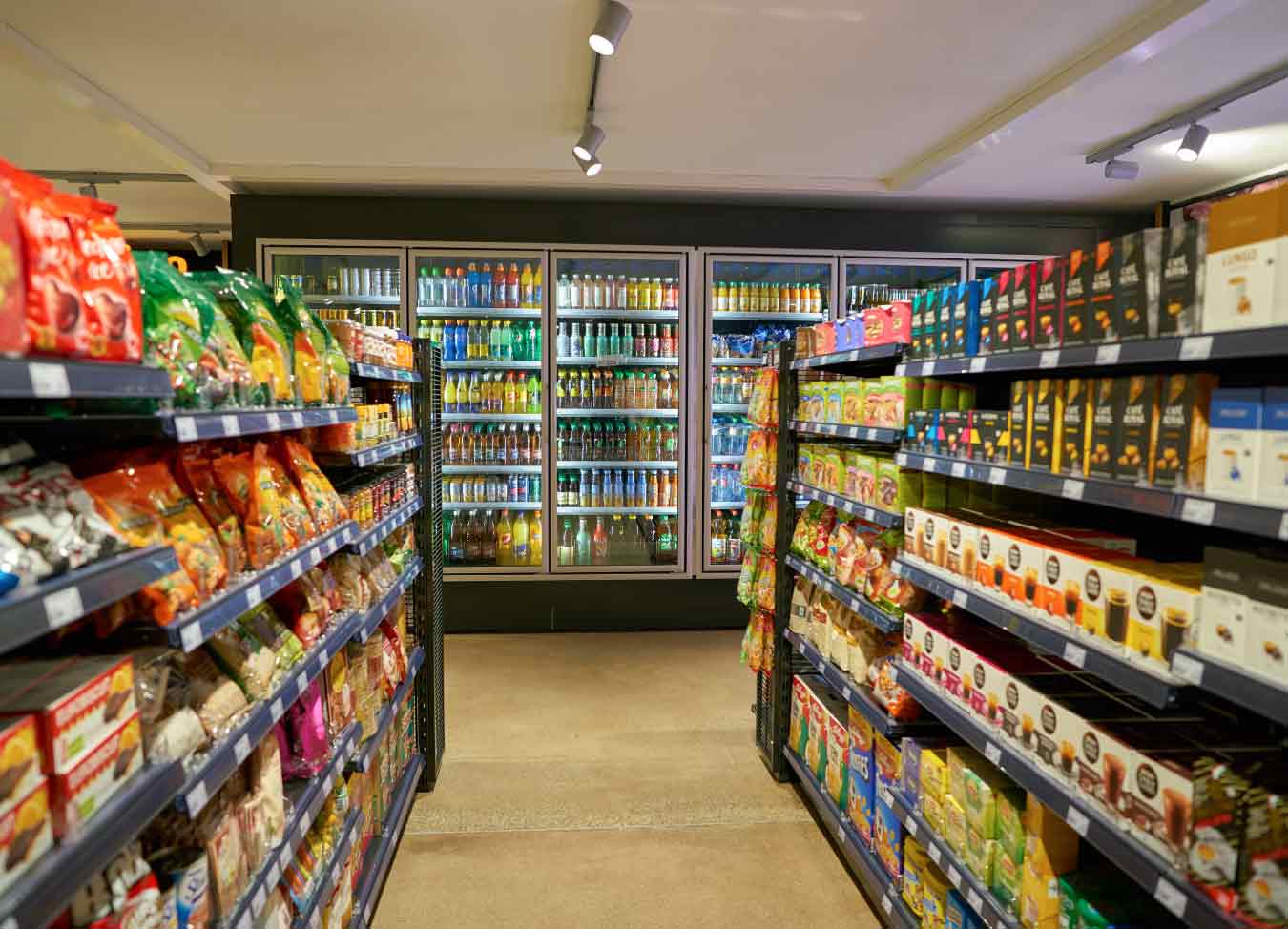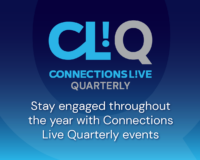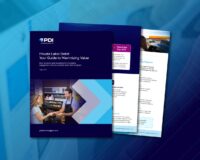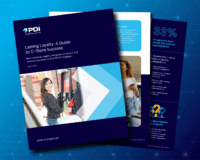
Convenience stores have notoriously been data deserts for consumer packaged goods (CPG) manufacturers. C-stores have typically only made weekly sales data by region available to CPG distributors and manufacturers and not at the store level. Historically, c-stores haven’t been at the forefront of CPG brand strategies. Today, new tools enable more sophisticated merchandising, promotion and pricing strategies and more effective marketing across all channels.
With near-real-time transaction data capture and analysis capabilities, things are changing for c-stores and CPG suppliers.
Optimizing CPG insights
The significance of real-time reporting cannot be overstated. Previously, point-of-sale data has been aggregated to a simple, weekly sales, units and average price metric and then batched 1-2 weeks after the transaction occurred. Not only did this slow responsiveness, but it also made it more difficult for manufacturers to do deeper basket-level or store-level analysis. This blind spot in understanding c-store basket behaviors has meant millions of dollars in opportunity costs. In addition, the improved velocity and granularity of this data can yield projectible insights faster, empowering manufacturers to optimize strategies. As an example, in the beverage category, many new flavors are being launched with aggressive promotions. Now CPG brands can use these tools to measure the promotion impact, estimate volume per outlet and identify store performance. And, the opportunities don’t stop there.
One of the biggest areas for optimization for CPG insights is due to the sheer footprint of c-stores. There are over 150,000 c-stores in the United States compared with just 40,000 groceries.
This enables c-stores to obtain more granular insights on location-specific shopper decisions whereas grocery stores simply can’t devote the space for testing a multitude of new items.
Product preferences by district and even neighborhood can be identified and analyzed. When this SKU-level data is overlaid with demographics, the insights can be both more detailed and more actionable. This will become increasingly important as the U.S. consumer profile diversifies. These new SKU-level capabilities are game changers for any company with multiple flavors, sizes and so forth.
With granular details into purchase behavior, c-stores and CPGs can drive even more revenue by better identifying related items. C-store purchases tend to be just a few items. For this reason, the correlation between product selection is clearer. This can inform decisions about bundling, cross-promotions and other tactics to drive incremental revenue. A one item increase in a convenience retail transaction can equate to 20-40% more revenue per basket.
Access to more detailed and actionable data
Consumer behavior in c-stores has historically been treated as fundamentally different from other channels. C-stores are considered impulse purchase outlets. As a result, c-store consumer data hasn’t necessarily been factored into brands’ larger marketing strategies. But, studies by Unravel Research discovered that 62% of in-store purchase decisions are made on impulse. This includes choices like brand and the influence of factors like displays, pricing and packaging.
As convenience stores broaden their range of merchandise, they may be considered more a food destination than yesterday’s cigarette kiosk. This means many conventional diagnostics regarding bundling, sniping, and other sales drivers can be applied across all of a brand’s channels. This is especially true for bundles or themed promotions. Such tactics tend to be easier to deploy in c-stores. In addition to driving more volume through that channel, the new data capabilities can provide better insights about what worked and what didn’t and quantify the ROI. This can inform the decision if and how to roll out a program more widely.
In those cases where promotions include brand partnerships, access to such detailed and actionable data can help motivate participation by prospective partners. In addition to building a supporting case for joint promotions before the fact, the promise of such granular insights for promotion partners after the fact can be a powerful motivator.
For CPG programs that need to launch “grocery first” access to the c-store data means that channel can provide a measurable overlay to such programs. Not only does this enable the ROI detail mentioned above, but it allows for analysis of the marginal contributions by each channel in any overall lift. Here too, the ability to compare and contrast results between geographies can be a powerful tool in the marketing kit.
See more than ever before at the c-store
The new real-time visibility into c-store sales performance and consumer behavior gives CPG manufacturers a whole new suite of tools to refine their product mix, optimize their marketing activities and even tweak their strategies. These learnings can be applied to maximize revenue through the c-store channel and to increase revenue through groceries and big boxes too. What used to be a blind spot in the retail landscape is now a bright spot. And, it has CPG manufacturers seeing dollar signs.
You can thrive in today’s digital economy. Contact us today, to learn how we can help you transform your business.



